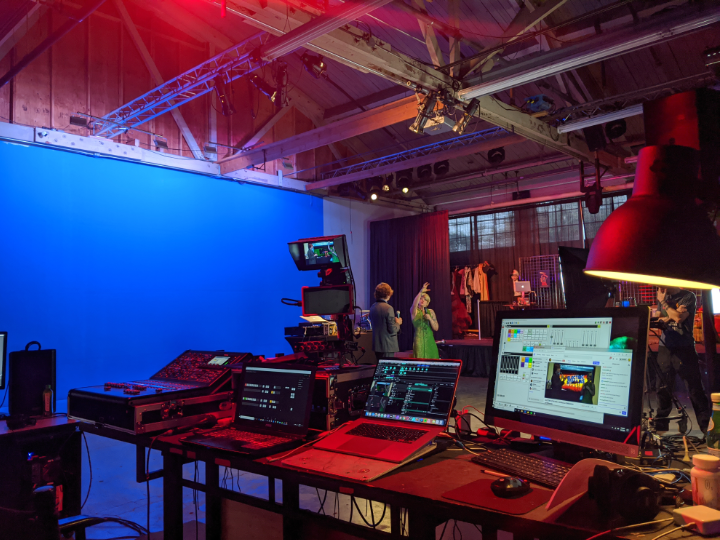Transforming Spectator Engagement Via Immersive VR Encounters in Real-time Performances
Transforming Spectator Engagement Via Immersive VR Encounters in Real-time Performances
Blog Article
Within recent years, digital VR has become a potent instrument for enhancing audience involvement in real-time performances. This technology allows viewers to immerse oneself in a 3D setting, crafting a distinct experience that traditional media cannot replicate. By using VR, creators can transport audiences into the heart of the action, making them feel as if they are integral of the show. This groundbreaking method not just enchants audiences but also opens up new opportunities for narrative and engagement.
A of the primary benefits of using VR in live productions is the ability to create a more interactive encounter. Audiences can engage with the performance in real-time, shaping the outcome or exploring different perspectives. For example, in a theater production, viewers using VR goggles can select to pursue particular roles or segments, enabling them to customize their encounter. This degree of engagement cultivates a more profound connection between the audience and the performance, making it more memorable and impactful.
Additionally, VR tools can improve the visual and auditory elements of a live production. With high-quality visuals and sound engineering, producers can create stunning settings that draw viewers in. This immersive characteristic can raise the overall encounter, making it discover this info here even more engaging and enjoyable. For instance, a concert can be transformed into a multi-sensory experience, where fans experience as if they are on stage with the artists. Such improvements not just draw bigger viewers but also promote return viewing, as audiences look to relive the excitement.
In addition enhancing audience engagement, VR can also provide valuable insights for producers. By analyzing how viewers interact with the virtual environment, creators can gather data on audience likes and actions. This data can guide upcoming performances, helping to tailor content to more effectively satisfy the needs and wants of the viewers. As a result, VR not only enhances the current experience but also contributes to the evolution of live performances as a complete entity.
With the advancements progressing to evolve, the possibilities for VR in real-time productions is immense. Ranging from stage shows and concerts to sports events and festivals, the possibilities are limitless. Through adopting this innovative approach, producers can transform the way viewers engage with live entertainment. As more producers explore the integration of VR, it is likely that we will witness a change in how shows are designed and delivered, ultimately resulting to a greater immersive and interactive prospect for live productions.